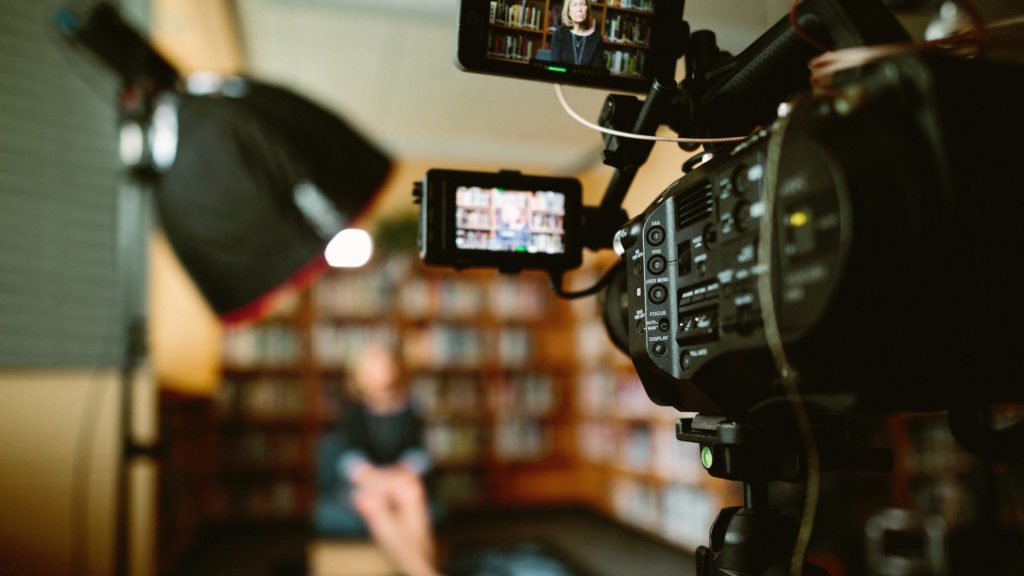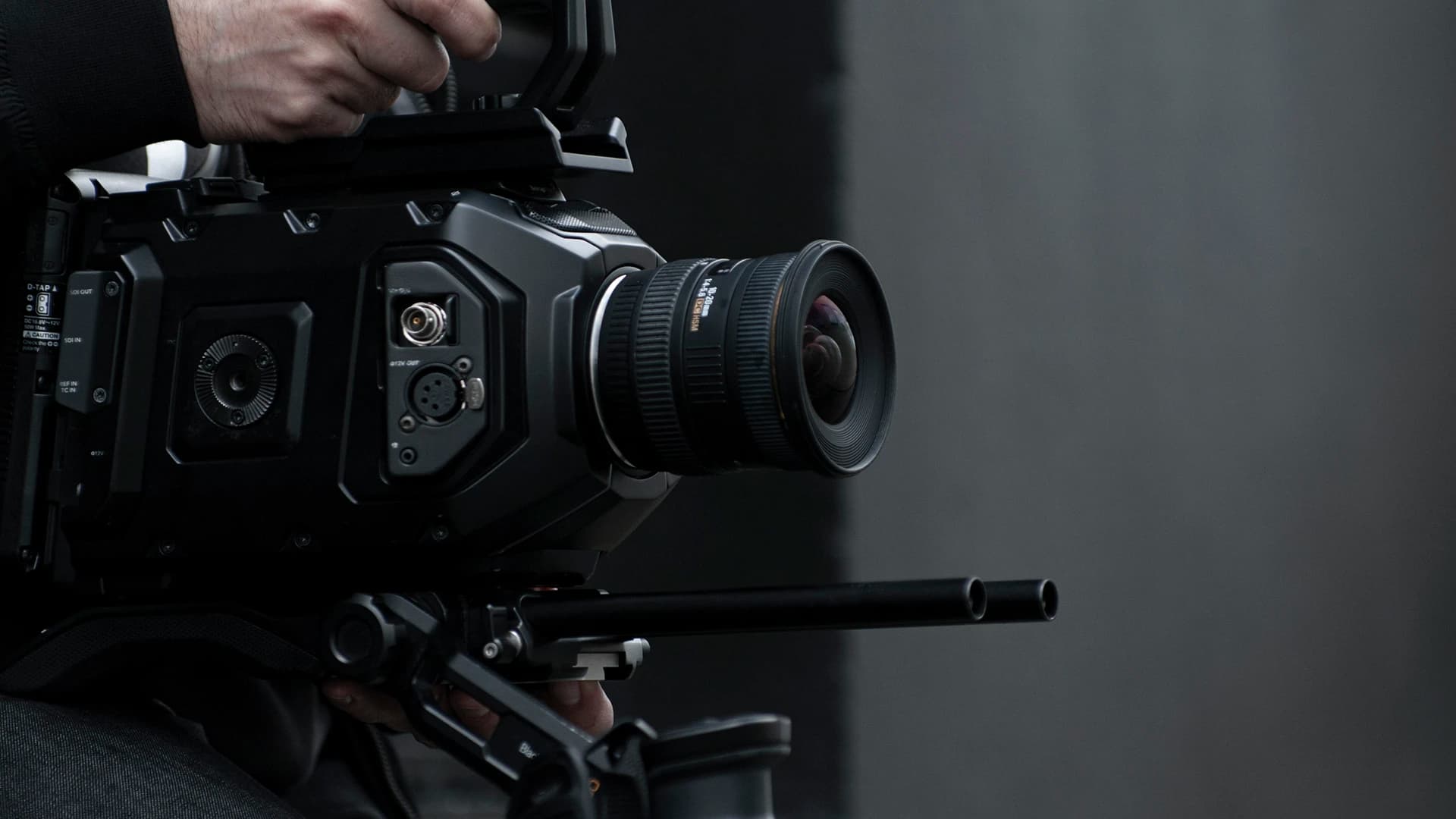Why Legal Videography Is Essential for Accurate Legal Record-Keeping
In the realm of legal proceedings, the accuracy of record-keeping is vital, and lawful videography emerges as an important device in this context. As we explore the multifaceted benefits of legal videography, one must consider its implications for the future of judicial stability and openness.
Importance of Visual Proof
Establishing the importance of visual evidence in legal process is critical for making certain exact record-keeping and enhancing the overall integrity of the judicial process. Visual evidence serves as a critical tool in documenting events, conditions, and other important information that might be necessary to an instance. Unlike created accounts, which are at risk to analysis and prejudice, aesthetic recordings offer an objective, unalterable depiction of realities as they occurred.
This type of evidence can catch a variety of elements, including witness actions, ecological context, and physical proof, every one of which may influence judicial results. By offering a clear and extensive visual narrative, lawful videography removes uncertainty and helps to protect the credibility of the proof.
Moreover, visual proof can be critical in decreasing disputes over factual disparities, as it permits a direct contrast versus testimony and other documented records. In an era where electronic innovation is progressively prevalent, the capacity to present visual proof efficiently can considerably enhance the general quality of lawful process. Inevitably, the consolidation of visual proof not only bolsters the documents process yet likewise reinforces public trust fund in the judicial system by promoting openness and responsibility.
Enhancing Testimony Reliability
The integration of lawful videography into court room process considerably improves the trustworthiness of witness testimony. By catching the subtleties of verbal and non-verbal communication, video clip recordings give an even more extensive representation of a witness's disposition, emotions, and integrity. This visual documents enables jurors to observe the witness's body language, faces, and general comportment, which are essential components that can influence their perception of statement reputation.

In addition, the presence of video clip footage can hinder witnesses from giving misleading or overstated declarations, as they know that their testimony is being tape-recorded. This liability enhances the honesty of the judicial procedure. Inevitably, lawful videography offers as an essential device in ensuring that witness testimony is not only accurately portrayed but additionally checked out with increased reputation by all events entailed.
Comprehensive Document Conservation
Comprehensive record preservation is necessary for preserving the stability of legal process. Lawful videography serves as a vital tool in this process, giving a precise visual and acoustic account of statements, depositions, and various other crucial minutes in a case. Unlike typical written records, video clip recordings catch the subtleties of body movement, tone, and emotion, which are essential for recognizing the context and intent behind declarations made during lawful procedures.
Incorporating audiovisual components into record-keeping boosts the preservation of proof, making sure that it stays undamaged and obtainable he has a good point throughout the lawful process. This is especially important in cases where the integrity of witness declarations may be tested, as visual recordings can confirm claims and give clearness. In addition, video documents can be very useful throughout charms or retrials, offering an unaltered representation of the initial testament.

In addition, the capacity to assess video clip proof enables lawyers to recognize critical details that may have been ignored in written records. By maintaining a comprehensive archive of lawful proceedings through videography, law practice can promote the highest standards of accuracy and liability, inevitably adding to a fairer judicial process.
Improving Lawful Process
Streamlining legal proceedings is crucial for improving performance and minimizing delays within the judicial system. Lawful videography functions as a crucial device in achieving this goal by offering clear and precise visual paperwork of court hearings, depositions, and testimonies - legal videography. This modern technology permits real-time recording, making certain that all verbal and non-verbal cues are captured, which can facilitate quicker resolution of disputes
The integration of videography into legal procedures reduces reliance on conventional methods, such as prolonged transcripts, which can be lengthy to create and evaluate. By having accessibility to taped video footage, attorneys can quickly reference key minutes, enhancing their ability to prepare and present cases visite site efficiently. This immediacy also assists in the clarifying of testaments, minimizing the capacity for misconception.

Admissibility in Court
Exact documentation is vital not only for effectiveness but also for making sure that proof is admissible in court. Legal videography works as an important device in this process, supplying a reliable aesthetic document of testimonies, statements, and occasions. Courts typically call for evidence to satisfy certain standards of admissibility, consisting of importance, authenticity, and dependability. High-quality video recordings can meet these standards by capturing clear audio and aesthetic information that written transcripts may forget.
To be regarded permissible, lawful videography must abide by recognized procedures, such as proper equipment use, appropriate illumination, and clear sound capture. Additionally, it is vital to have qualified videographers who understand the legal requirements bordering proof collection. legal videography. The chain of custodianship have to likewise be preserved to avoid any insurance claims of meddling or modification
In addition, legal videography can improve the persuasiveness of evidence by supplying jurors with a straight view of the statement, allowing for a more involved understanding of the instance. In recap, the useful site integration of legal videography into record-keeping not only supports performance yet additionally bolsters the integrity and admissibility of evidence in court process.
Final Thought
In verdict, legal videography plays an essential role in making certain precise lawful record-keeping by supplying objective visual paperwork. Inevitably, the consolidation of lawful videography into the judicial procedure promotes openness and strengthens public count on in the honesty of the legal system.